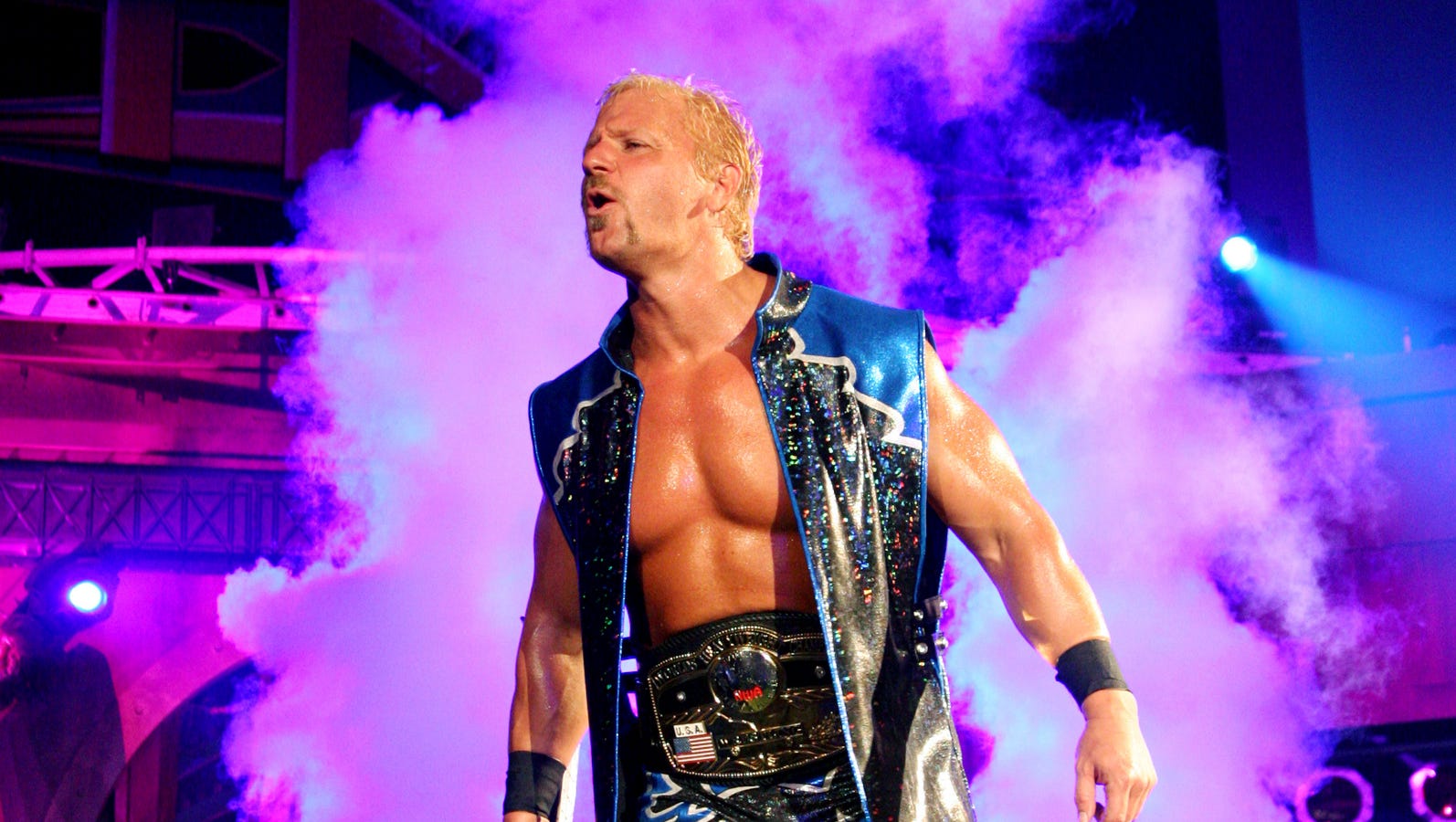Just before it was revealed that she would become the first WWE Superstar to be inducted in this year’s Hall of Fame, Molly Holly spoke with the panel on WWE’s The Bump on how far the Women’s Evolution has come since her time as a full-time wrestler. While she appreciates the flattery that comes with being one of many who have broken the glass ceiling in women’s wrestling history, she believes her time does not compare to those who sacrificed so much more before her.
“Well, I am very impressed with how far it’s come,” Molly Holly exclaimed. “I always feel a little bit weird when people say that I was a part of it because I feel like there were so many people way before me. Whether it was “Chainsaw” Liz Chase or Leilani Kai, Rockin’ Robin, Madusa, all these people were generations before me that really were the ones that were doing things that women…it wasn’t proper for them to do.
“I feel like in my generation women had more…it was acceptable to do things outside of the homemaker role. But to see how much it has changed, it’s awesome!”
The panel took a look back at Molly Holly’s very first match in WWE at Sunday Night Heat in 1998. She mentioned that at that point, this match was just a tryout. Unfortunately, she did not receive a contract following this matchup. But she was happy that two years later, she would make the cut in WWE.
“What I remember was that I really wanted a full-time job. Like, I wanted to be a pro wrestler for a living, and this was my big chance to do it,” she recalls on her first-ever WWE match. “One of the things was that I didn’t have good gear. Every time I see myself in that outfit, I go, ‘Oh, this is so bad!’
“Yes, I did want to be hired. I would say that this was a tryout. At the time, WWE decided that I wasn’t exactly what they were looking for at that time. I was really bummed that I didn’t get hired at that point.”
Prior to her WWE debut, Molly Holly spent one year honing her craft over at WWE’s biggest rival at the time, WCW, where she would become one of the three valets for “Macho Man” Randy Savage. She recalls how Savage asked her to train his other valet and girlfriend at the time, Gorgeous George, for in-ring competition and what that did for her career after.
“I lived in the Tampa Bay area, and so did ‘Macho Man’ Randy Savage, and he was looking for a girl that worked in the indie scene to teach his girlfriend, Gorgeous George, awesome wrestling moves,” she began. “So, the local people said, ‘Oh, you’ve got to meet this girl. She wrestles, and she’s nice.’ So, Randy asked me if I could teach his girlfriend some wrestling moves. We went to a warehouse, and I spent a lot of time teaching her the basics, and we all became friends. Then, he asked me to be on TV with him.
“The one story that means the most to me was we had this match with Gorgeous George, and she was going to wrestle referee Charles Robinson. I spent so much time teaching her moves, and we were really nervous about it. But at the end of the match when she won, I had never seen him so happy. We were backstage, and he had a genuine smile on his face, and he was like, ‘We did it. We did it.’ It just made me feel so good that something that we had worked so hard on that he was like, ‘That is it!’”
While many remember Molly Holly’s singles run as the villainous brunette from 2002-2003, she revealed that this wasn’t her favorite character to portray in her overall career.
“I didn’t want to be a bad guy,” she admitted. “Usually, a good bad guy has a lot of experience. At that time, I had a lot of years under my belt. The bonus was that I didn’t have to bleach my hair blonde anymore. It did become my most successful part of my career. I was able to be the champion. Yeah, I was successful at that turn, but it wasn’t like my favorite persona to have.”
Towards the end of her interview, the panel and she came full circle to talk once more about how women’s wrestling has changed from when she first started to where it is now. Molly Holly is excited to see how the women of today will influence the little girls watching around the world.
“When I started, there was just a handful of women. There didn’t seem to be a priority to hire more. It was kind of like, ‘Oh, they’re the novelty or the sideshow or whatever warms up the crowd before the show starts,’” she stated. “To see how that’s changed, really, I feel like the fans demand to want more women’s action. The women are delivering.
“I think that if the women had not advanced their skills and put in so much effort into being equally as good as the men, that now they’re finally getting to showcase all that they can do, it just opens up so many more doors for little girls all across the world that are watching TV saying, ‘I want to be a pro wrestler someday.’ Now, they have that opportunity.”





/cdn.vox-cdn.com/uploads/chorus_image/image/22020601/img_6814.0.jpg)



